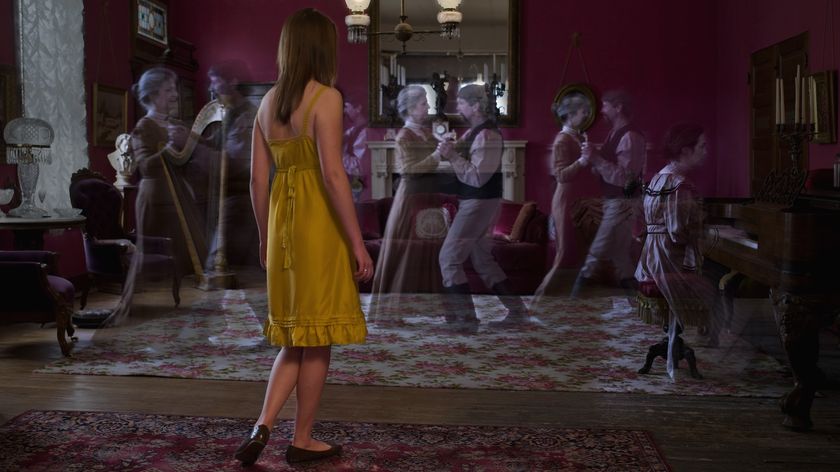Candy Fears are Mere Halloween Phantoms

It's a time-honored Halloween ritual: children getting dressed up as scary creatures and trick-or-treating. It's all harmless fun, except for the part where parents feel they must protect their children from sinister strangers.
Each year, police and medical centers across the country follow another ritual, X-raying candy to check for razors, needles, or other objects that might have been placed there to hurt or kill innocent children. Special events are held that offer kids "a safe Halloween," suggesting that there are real lurking dangers far worse than spooky costumes.
Yet year after year, few if any sinister foreign objects are found. This scary tale is essentially an urban legend.
Despite e-mail warnings, scary stories, and Ann Landers columns to the contrary, there have been only two confirmed cases of children being killed by poisoned Halloween candy, and in both cases the children were killed not in a random act by strangers but intentional murder by one of their parents. The best-known, "original" case was that of Texan Ronald Clark O'Bryan, who killed his son by lacing his Pixie Stix with cyanide in 1974.
There have been a few instances of candy tampering over the years—and in most cases the "victim" turned out to be the culprit, children doing it as a prank or to draw attention. With the exceptions noted above, no child has been killed or seriously harmed by contaminated Halloween candy.
There are several problems with X-raying Halloween items to find harmful objects. For one thing, it would be obvious to even the most sugar-addled child or teen if a razor blade or pins were stuck in an apple or candy bar. Secondly, X-raying provides a false sense of security, since the process would reveal metal, and possibly glass, but would not detect poison. Third, and most obviously, it's unnecessary: if in doubt, throw it out! Like any other food—including last week's questionable leftovers lingering in the fridge—if you have even the slightest good reason to suspect that a piece of candy has been tampered with, it's easiest to simply toss it. There's no need to waste medical facility or police time making sure that a small free candy bar is safe to eat.
Children are in far more danger from being hit by a car on a dark street.
Sign up for the Live Science daily newsletter now
Get the world’s most fascinating discoveries delivered straight to your inbox.
X-raying candy helps parents feel like they are protecting their children, but in fact parents are simply wasting resources and feeding children's fears unnecessarily.
This is perhaps the saddest part about this myth: children are given the message that their neighbors might try to poison or hurt them. In fact, a child is in far more danger from his or her own parents than from strangers. Surely there are better uses for the X-ray equipment and film than battling a myth. Clinics would do more good offering free or low-cost X-rays to needy families than scanning candies.
Benjamin Radford, Managing Editor of Skeptical Inquirer magazine, wrote about the Halloween candy scare in his book "Media Mythmakers: How Journalists, Activists, and Advertisers Mislead Us."












